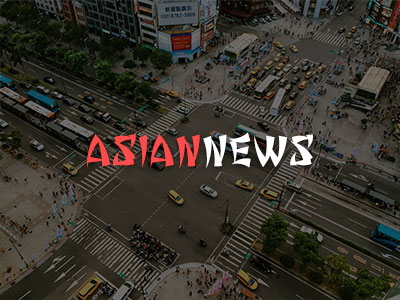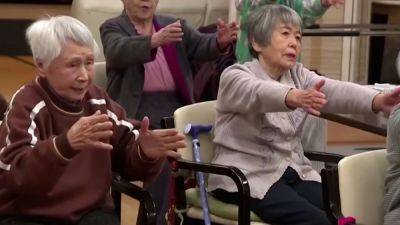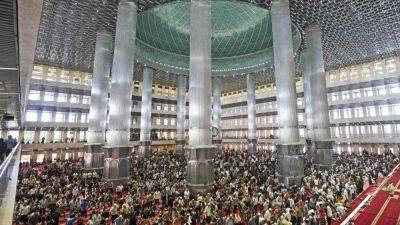Why an Asian American Reporter Wanted to Write About Romance
There is a scene in the 2023 film “Past Lives” in which Nora Moon, the protagonist, calls Hae Sung Jung, her childhood friend, “really masculine, in this way I think is so Korean.”
When I first heard that dialogue, I remember jolting to attention. It felt like the movie was going out of its way to label an Asian man as manly. I had never heard that kind of talk on the big screen before.
And, if I’m being honest, it made me, a Korean American man, feel good.
I knew there was more I wanted to unpack, and doing so falls into my jurisdiction as a reporter on The New York Times’s Culture desk. So I was delighted when The Times’s Projects and Collaborations team asked me if I’d be interested in writing about the representation of Asian American men — and specifically their romantic roles — onscreen.
Asian and Asian American men have been emasculated and marginalized for decades on American screens, and I wanted to chronicle the modest, but meaningful, shift happening right now. The article, which was published online today alongside visuals from Ricardo Nagaoka, explores how roles available to Asian and Asian American actors have evolved, especially over the last few years.
I spoke to almost two dozen Asian Americans: Mostly actors, writers and directors, but also scholars, historians and everyday people. I needed to understand how laws and immigration policy — and especially pop culture — had shaped America’s view of Asian men. And I was interested in how the years of unflattering Hollywood portrayals made Asian and Asian American men feel.
Surveys from the 2000s and 2010s had concluded that Asian men, along with Black women, were at the bottom of the racial romantic hierarchy when it came to dating in real life. And the






